40 parts of a flower without labels
17 Parts of a Flower And Their Functions (With Labelled Diagram) Parts of a Flower And Their Function Sepals. Sepals are modified leaves that typically function as protection for the flower in bud and often as support for the petals when in bloom. They are sterile floral parts and may be either green or leaf-like or composed of petal-like tissue. Collectively, the sepals are referred to as the calyx, the outermost whorl of parts that form a flower. Petals. Petals are modified leaves that surround the reproductive parts of flowers. flower diagram without labels section flower cross ch12 angiosperm typical portions showing male female. Parts Of A Plant Labelling Worksheets . plant parts worksheets labelling sparklebox printable science. 10 Best Images Of Label Ear Diagram Worksheet - Blank Rock Cycle . diagram cycle rock blank label worksheet ear key worksheeto via
What are the parts of a plant? - BBC Bitesize Plants are everywhere. You can find them in some homes, in parks, in gardens and in the countryside. I've just found out that plants have three important parts. The roots, the stem and the ...
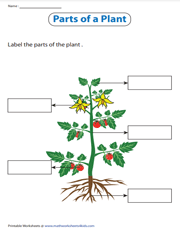
Parts of a flower without labels
Flower Labelled - Labelling a Flower Worksheet for Kids - Twinkl Support your pupils in learning how to label a flower with this colourful teacher-made resource. This handy Labelling a Flower Worksheet covers the parts of a plant and flower. Either use the pre-labelled version as a poster or teaching aid. Alternatively, your children can label the diagrams to reinforce their vocabulary on the topic. Read More... Flower Anatomy: The Parts of a Flower - ProFlowers Blog These are the small, leaf-like parts growing at the base of the petals. They serve to protect the flower before it blossoms. Peduncle. This refers to the stem or stalk of a flower. Receptacle. This is the thickened part at the bottom of the flower which holds its major organs. Pistil. This is the female organ of the flower. It consists of four ... Post-It Labels for the Parts of a Flower - Pinterest Parts of a flower and their functions. The female reproductive part of a flower is called the Pistil. Male reproductive part is the Stamen.
Parts of a flower without labels. Parts of a Plant and Flower Posters/Worksheets (SB1317) - SparkleBox Printable visual aids and worksheets with a labelled plant and flower. Find Resources . Menu. Literacy. Maths. Topics. Signs and Labels. Class Management. Special Needs. Other. Popular. Parts of a Plant and Flower Posters/Worksheets Parts of a Plant and Flower Posters/Worksheets . RELATED ITEMS . SUGGEST A RESOURCE ... Includes posters with and ... Parts of a Plant Worksheets - Math Worksheets 4 Kids Label the parts of a plant with this printable cut and paste activity worksheet. Snip the word cards and glue them in the appropriate places to recapitulate the concept. Parts of a plant | Matching activity worksheet. Reiterate the concept as you make a one-to-one correspondence between the words and parts. Identify the indicated part and match ... Flower Diagram Without Labels / GCSE Plant Biology Diagrams to Label ... A set of differentiated printable worksheets for labelling a flowering plant. Label the parts of a flower. Download a powerpoint or an image showing labelled and unlabelled versions of a diagram showing parts of a plant, and a diagram showing parts of a flower. Flower anatomy without labels flower anatomy, ciri, teaching biology, botany ... Diagram of the Parts of a Flower | Sciencing The receptacle is the thickened section at the bottom of the flower that holds its organs. Flower Pistil The female part of the flower, the pistil is located at the center of the bloom. The pistil contains the stigma, style and ovary. You'll recognize the pistil in a plant diagram because it looks like a small knob that protrudes from the flower.
Parts of Flower: Structure, Diagram, Functions, Examples - Embibe Exams Gynoecium: This is the female reproductive part of the flower. It is made up of one or more carpel. It is composed of stigma, style and ovary. The ovary is an enlarged basal part, stigma is the receptive surface for pollen and the style connects the ovary to the stigma. Each ovary has a placenta that consists of one or more ovules. Parts of a Flower: An Illustrated Guide | AMNH Sepal: The outer parts of the flower (often green and leaf-like) that enclose a developing bud. Petal: The parts of a flower that are often conspicuously colored. Stamen: The pollen producing part of a flower, usually with a slender filament supporting the anther. Anther: The part of the stamen where pollen is produced. Pistil: The ovule producing part of a flower. The ovary often supports a long style, topped by a stigma. Parts Of A Flower And Its Functions - BYJUS In different plants, the number of petals, sepals, stamens and pistils can vary. The presence of these parts differentiates the flower into complete or incomplete. Apart from these parts, a flower includes reproductive parts - the stamen and pistil. A flower may have only female parts, only male parts, or both. label flowering plant anatomy Parts Of The Flower Without Label youcansharethe.blogspot.com. plant label parts diagram anatomy plants without flowering flower enchantedlearning structure labelling stem science labels root worksheets subjects learning leaf. Plant Tissues - BIOLOGY4ISC biology4isc.weebly.com.
Flower Anatomy without labels | Flower anatomy, Teaching biology, Ciri Jun 9, 2013 - This Pin was discovered by Clara. Discover (and save!) your own Pins on Pinterest Flower Science Experiments & Parts of a Flower Activities Cut the stems of the carnations at an angle about 3-4 inches from the bottom. Florists often advise to cut flowers under running water so that no air bubbles get in to break the stem tubes of water and cause wilting. PDF Parts of a Flower - UGA The pistil is the female organ; its parts include the stigma, style, and ovary. During pollination, male pollen lands on the stigma, germinates and the sperm cells travel down the style, and fertilize the eggs in the ovary. The fertilized eggs develop into seeds. Sepals are the leaf-like parts under the petals. The Parts Of A Flower With Diagrams | Science Trends The parts of a flower can be broken up into the pistil (stigma, style, and ovary) and stamen (anther and filament), flower petals, sepal, ovule, receptacle, and stalk. Below we'll get into what each part does and include some great flower diagrams to help you learn.
Flower Diagram Without Labels / Flower Parts Labeling Page Flower anatomy without labels flower anatomy, ciri, botany, education, flowers, montessori. Hibiscus flower drawing coloring page 671x623 hibiscus coloring page flower . Identify and label figures in turtle diary's fun online game, parts of a flower labeling!
Parts of a Plant and Their Functions (With Diagram) | Trees.com The stem is the central part of the plant. It is the midsection between the roots and the leaves or flowers, and its main function is to carry moisture and nutrients from the roots to the rest of the plant. There are different types of cells within the stem that perform their own functions. The xylem cells transport water from root to leaf ...
Parts of a Typical Flower (With Diagram) - Biology Discussion ADVERTISEMENTS: Read this article to learn about Parts of a Typical Flower ! Flower develops on the mother axis (stem) in the form of floral bud. A typical angiosperm flower has following parts: ADVERTISEMENTS: 1. Bract (= Hypsophyll): It is a leaf like structure in whose axil a flower often develops. 2. Pedicel: It is […]
37 Best Parts of a Flower. ideas - Pinterest Jul 6, 2016 - Sexual Reproduction in Flowers. See more ideas about parts of a flower, flowers, planting flowers. Pinterest. Today. Explore. ... Having Fun at Home: Post-It Labels for the Parts of a Flower. 4th Grade Science. Middle School Science. Science Classroom. Science Education. Science For Kids. Science Ideas. Garden Trees. Lawn And Garden.
Parts of a Flower and Their Functions (With Diagram) The four main parts of a flower are the petals, sepals, stamen, and carpel (sometimes known as a pistil). If a flower has all four of these key parts, it is considered to be a complete flower. If any one of these elements is missing, it is an incomplete flower. Complete Rose Hibiscus Tulip Incomplete Holly Corn Squash Grasses Perfect vs. Imperfect
Wonderful Flower Without Labels Alien Colouring Sheets Parts Flower Diagram Without Labels - Plant Structure And Anatomy Picture. Please number them in the correct sequence. They are primarily used for decoration and crafted into dyes. The top of the female part of the flower which collects. LABEL FRAME FLOWER IMAGES. Like morning glory it is an annual north of zone 8.
Parts of Flower and Plant (Pistil, Sepal, Stamen and More) With ... Botanically, a flower is considered to be complete flower if it contains the four main parts of a flower: petals, sepals, stamen, and carpel (also known as a pistil). If a flower lacks any one of these parts, it is an incomplete flower. Rose, hibiscus and tulip are complete flowers because they have all the main flower organs.
Post-It Labels for the Parts of a Flower - Pinterest Parts of a flower and their functions. The female reproductive part of a flower is called the Pistil. Male reproductive part is the Stamen.
Flower Anatomy: The Parts of a Flower - ProFlowers Blog These are the small, leaf-like parts growing at the base of the petals. They serve to protect the flower before it blossoms. Peduncle. This refers to the stem or stalk of a flower. Receptacle. This is the thickened part at the bottom of the flower which holds its major organs. Pistil. This is the female organ of the flower. It consists of four ...
Flower Labelled - Labelling a Flower Worksheet for Kids - Twinkl Support your pupils in learning how to label a flower with this colourful teacher-made resource. This handy Labelling a Flower Worksheet covers the parts of a plant and flower. Either use the pre-labelled version as a poster or teaching aid. Alternatively, your children can label the diagrams to reinforce their vocabulary on the topic. Read More...





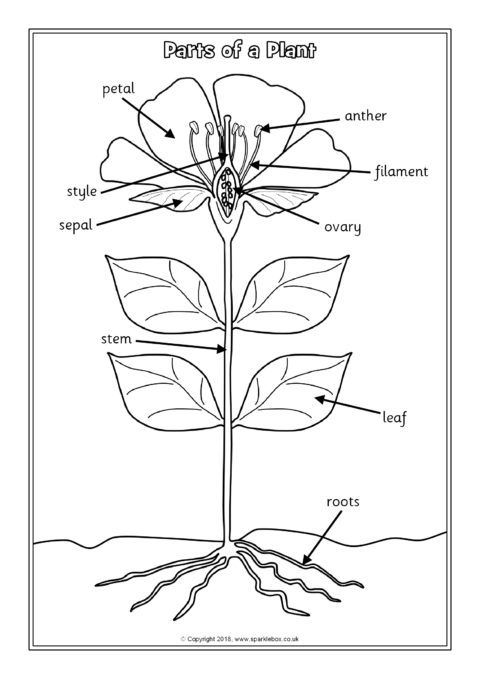

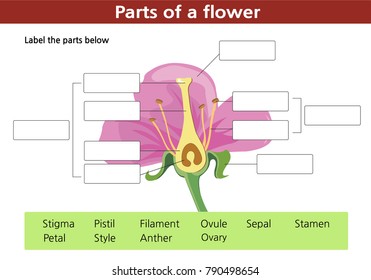




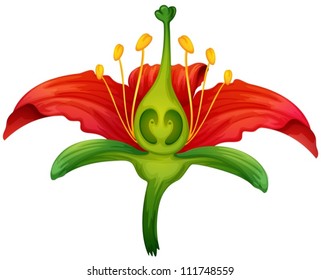
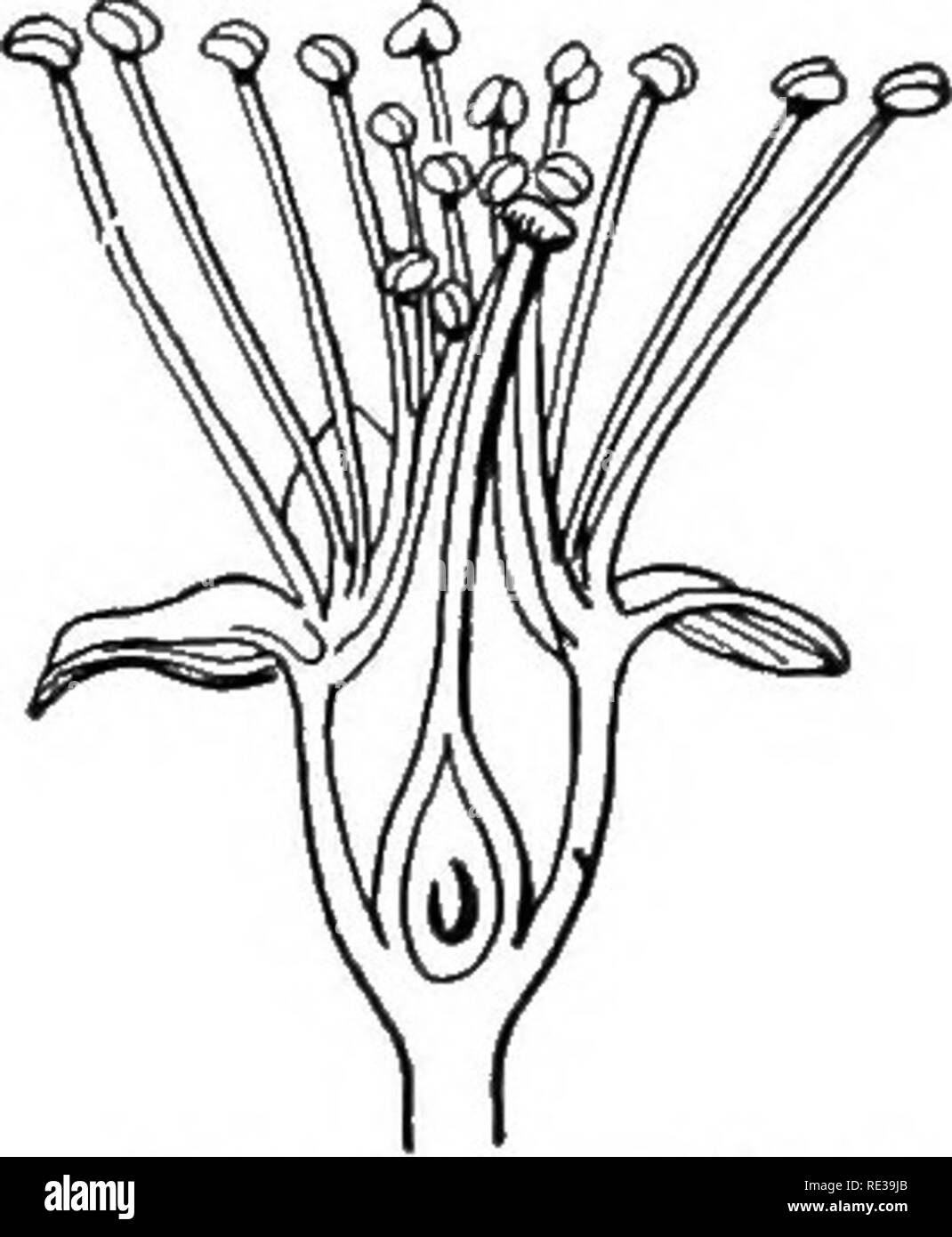

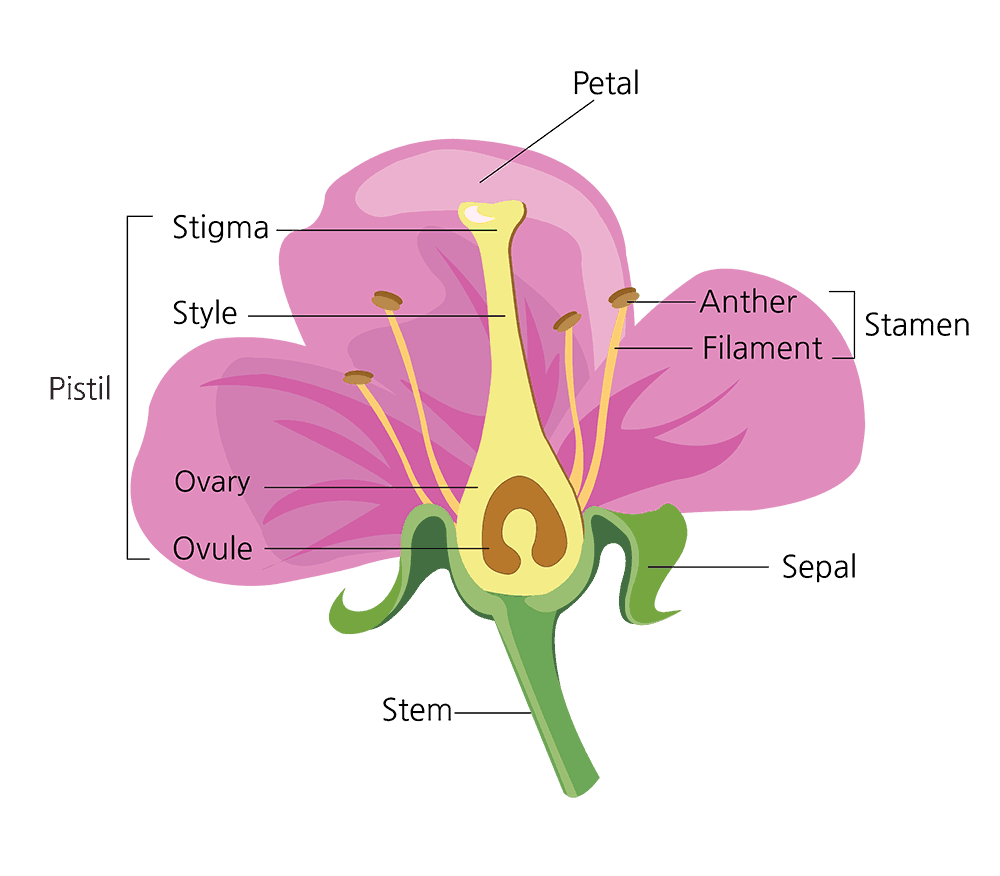

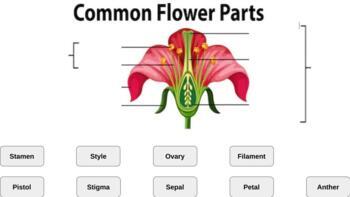

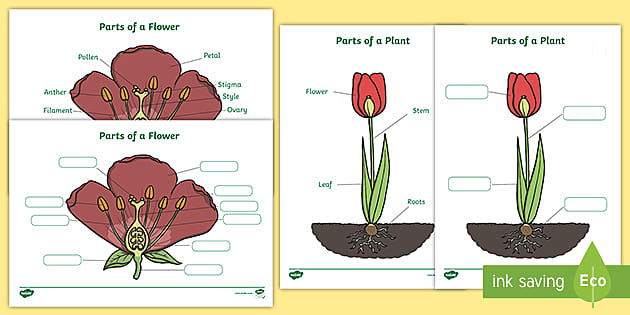
(121).jpg)

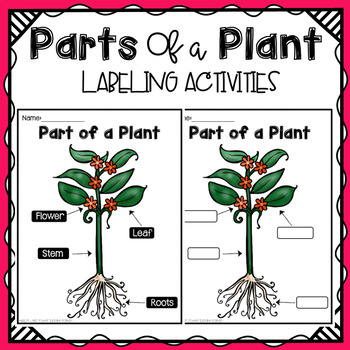

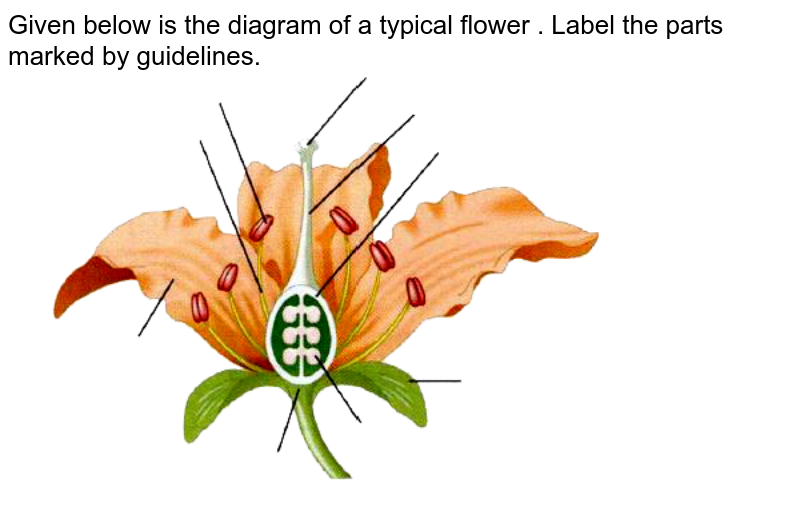
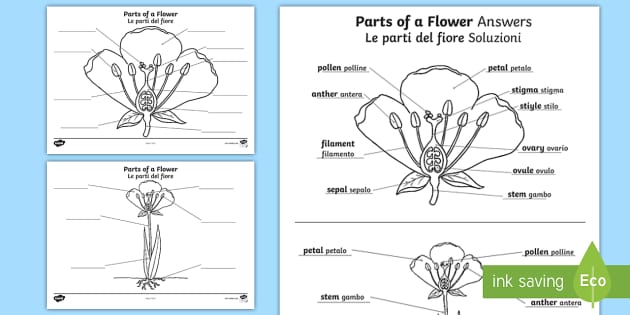






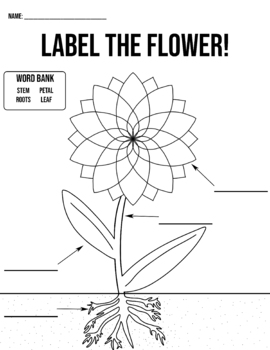

Post a Comment for "40 parts of a flower without labels"